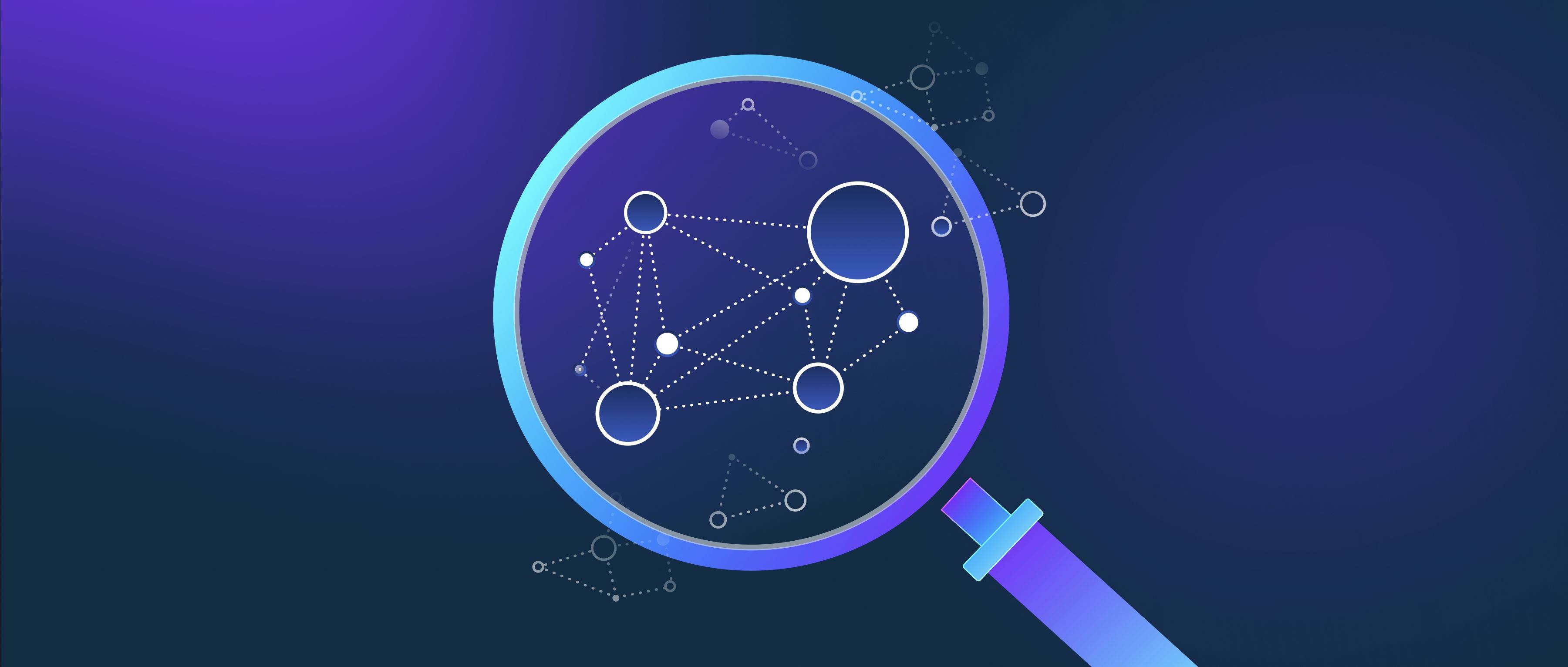LLMs differ from traditional AI models primarily in their scale, architecture, and capabilities. Traditional models often focus on solving specific tasks with limited data and parameters. In contrast, LLMs are trained on vast datasets, using billions or even trillions of parameters, which allows them to generalize across a wide range of language tasks.
Another key distinction is the transformer architecture that underpins LLMs. Unlike older approaches like recurrent neural networks (RNNs), transformers can process entire sentences or paragraphs simultaneously, capturing context over long distances in text. This makes LLMs more efficient and accurate when dealing with complex language structures.
Additionally, LLMs are pre-trained on general data and fine-tuned for specific tasks. This two-step process allows them to adapt quickly to new domains, unlike traditional models that require task-specific training from scratch. For instance, an LLM like GPT can switch from generating poetry to answering technical questions with minimal additional training.
